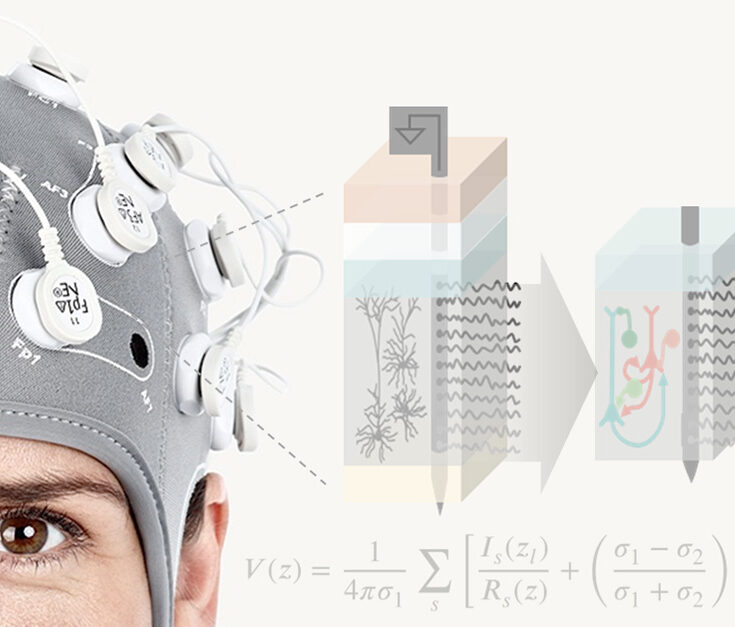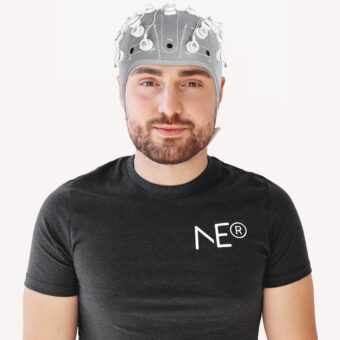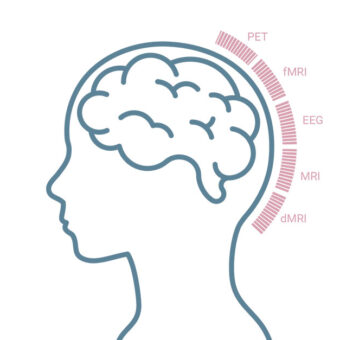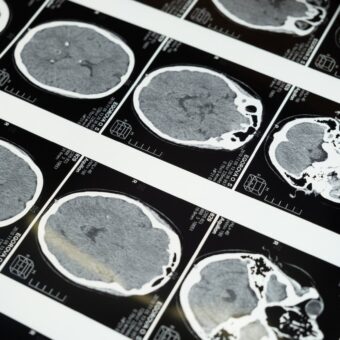Ever wondered how our brain functions? How does it manage to coordinate and carry out all the tasks that define our existence? The secret lies in its unique architecture and complex network of neurons that communicate with each other through electrical signals. Scientists and doctors are always trying to decode these signals and understand the deeper workings of the brain, and our recent scientific study (Sanchez-Todo et al., 2023) has made significant progress in this field.
We’ve developed a new framework that we call the Laminar Neural Mass Modeling (LaNMM, Figure 1). This model incorporates principles of conduction physics with existing neural mass models to simulate the brain’s complex electrophysiological measurements. Essentially, LaNMM offers a new lens to view and understand our brain’s circuitry.
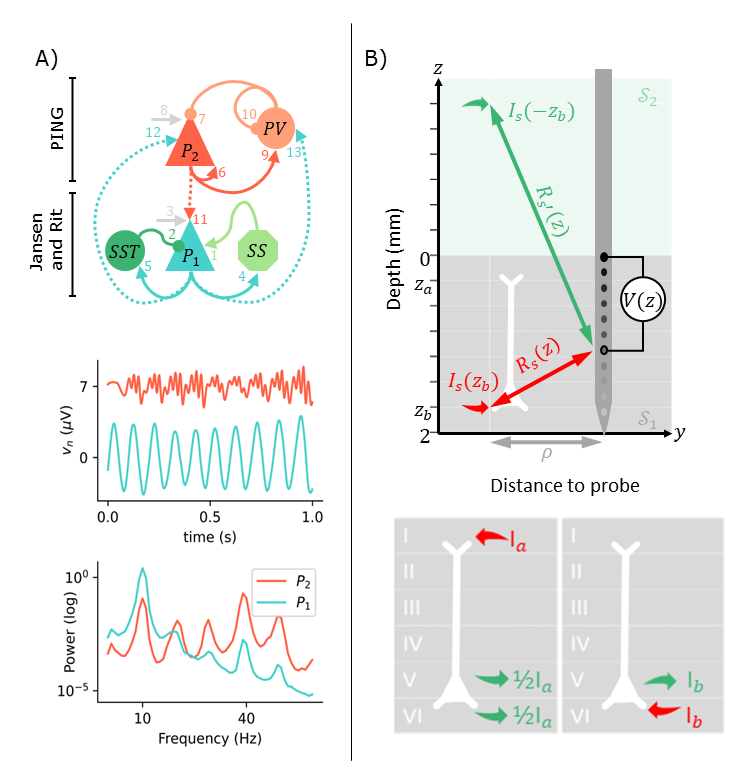
So, what does this new model do, and how is it different from the ones we already have? Well, LaNMM offers a new perspective on the ‘oscillatory generators,’ which are populations of neurons located in different layers of our cortex responsible for creating rhythmic activity. Using data collected from macaque monkeys (Figure 2), we’ve been able to use LaNMM to accurately simulate and analyse the location and function of these generators in the prefrontal cortex, an area pivotal to complex cognitive behaviors.
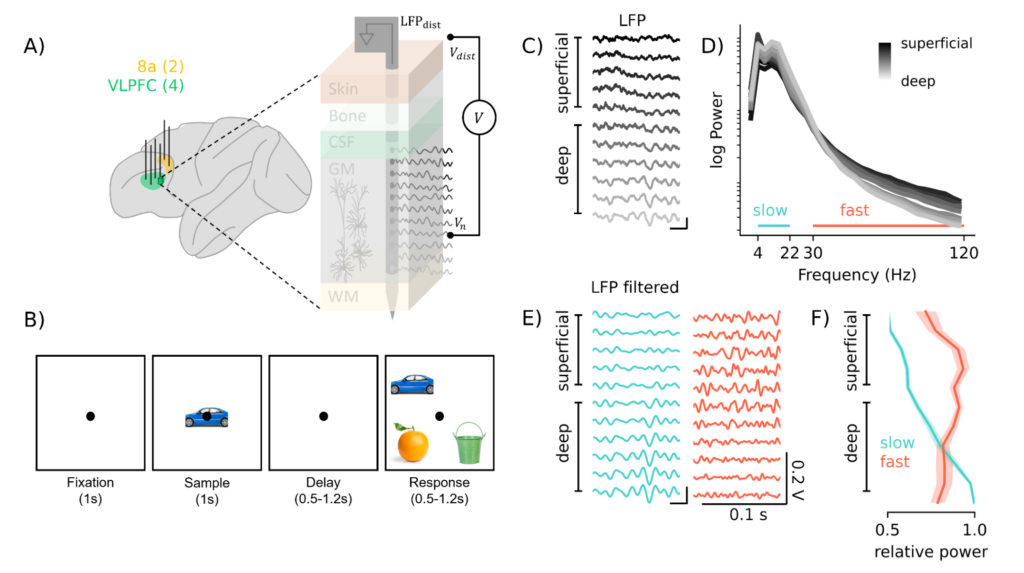
LaNMM acts as a ‘minimal model,’ simplifying intricate systems into their most fundamental parts, while preserving the essential characteristics of the system. We’ve designed and optimized our model to generate both slow and fast oscillations, mirroring the electrical activity that naturally occurs within the brain. This process has allowed us to map the distribution of pyramidal cells (the most predominant neuron type) and their synapses (junctions between neurons) and to gain insight into how electrical activities vary across different depths of the brain.
Our findings (Figure 3) offer a more comprehensive understanding of how our brain’s circuitry works. For instance, we’ve discovered that fast activity tends to occur in the superficial layers of the brain, while slow activity spans across most of its depths. These findings not only corroborate existing literature but also open up new avenues for understanding our brain’s complex architecture.
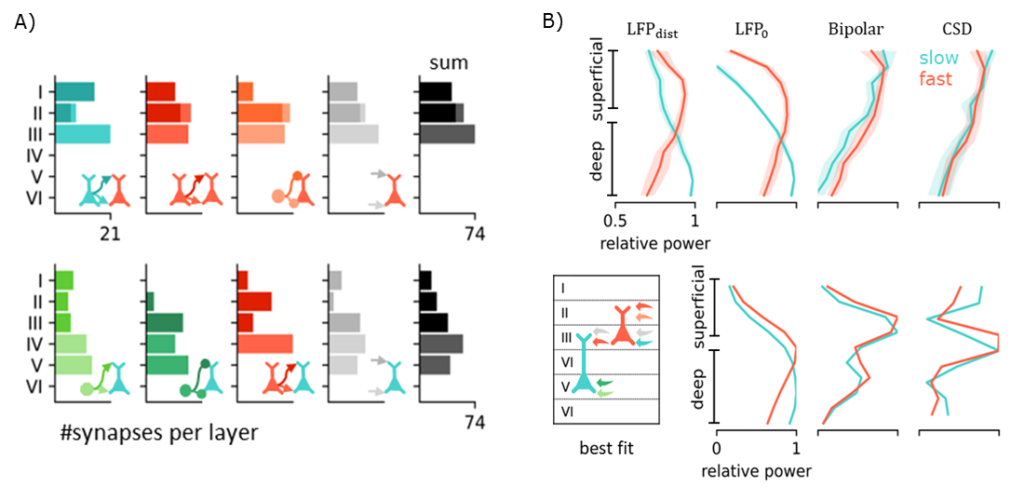
But the impact of LaNMM extends beyond our study. We believe that our hybrid modeling framework could provide a key to understanding various neurodegenerative conditions like Alzheimer’s disease and dementia, which are characterized by a general slowing of EEG (Electroencephalogram) activity. We’re excited by the potential of our model to shed light on why this happens (stay tuned for the next blog posts!).
In conclusion, our Laminar Neural Mass Modeling (LaNMM) is offering a promising approach to understanding our brain’s inner workings. By elucidating the brain’s complex electrophysiological processes, we’re hopeful that LaNMM can unlock deeper insights into our minds and, in time, lead to breakthroughs in treating neurodegenerative diseases.
There is still much to learn, and we are thrilled to be part of this journey of exploration. With each new model and each piece of the puzzle we uncover, we’re moving a step closer to understanding the intricate workings of the brain, the most complex object in the known universe. Join us on this exciting journey as we continue to delve deeper into the fascinating realm of the human mind.
Do you want to learn mode about our scientific work? Take a look at our most recent papers concerning the following subjects: examining the behavior of implanted metals under electrical stimulation, forecasting the impact of brain stimulation on neurons, and developing innovative mathematical models for comprehending seizure dynamics.
